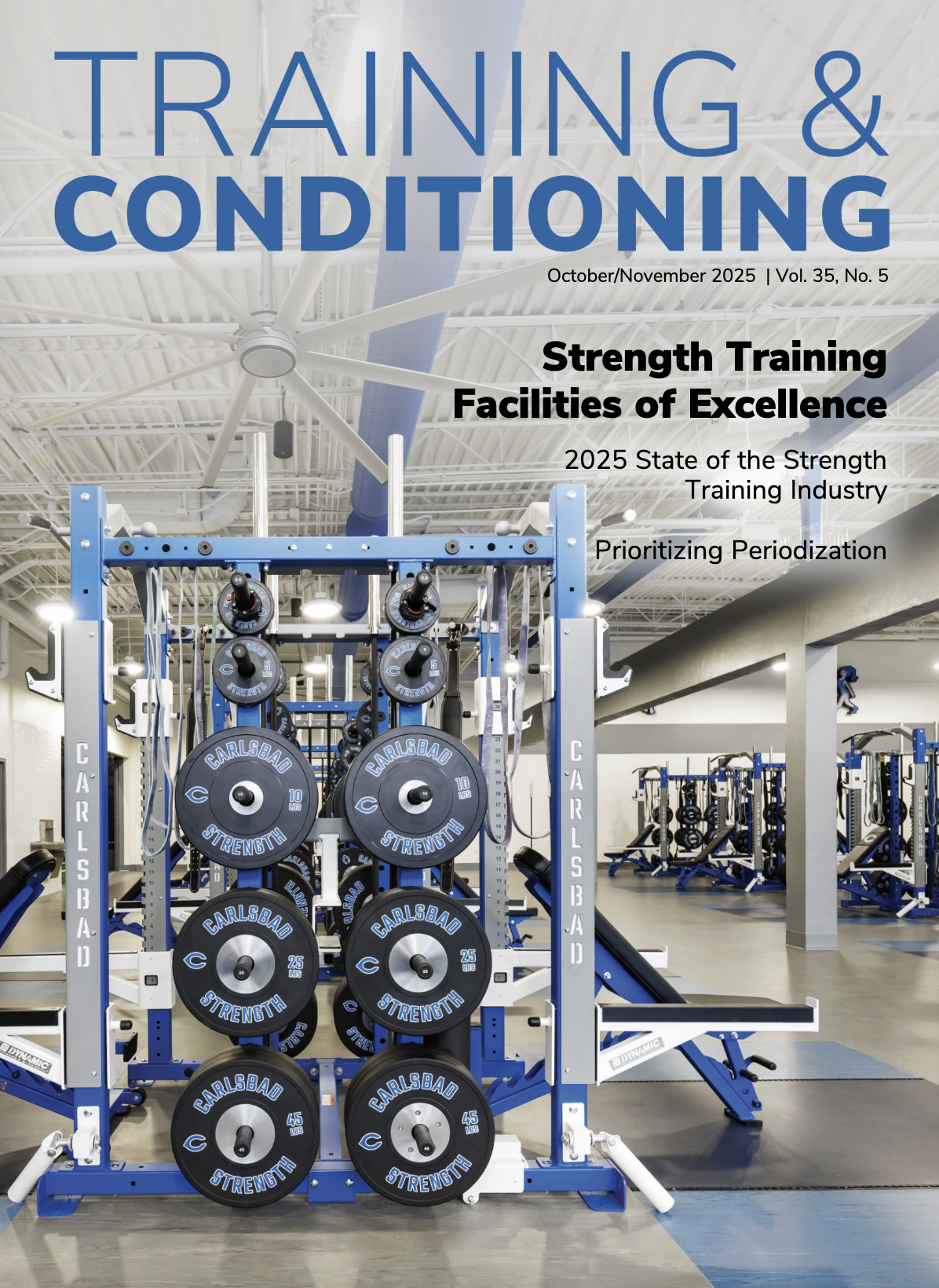Oct 25, 2017Breath of Fresh Air

When an athlete begins to struggle with breathing during practice or a competition, the issue is often attributed to asthma. However, there is a chance that it could instead be a potentially dangerous disorder called vocal cord dysfunction, otherwise known as exercise-induced laryngeal obstruction (EILO). Now, thanks to Tod Olin, MD, MSCS, Assistant Professor in the Division of Pediatric Pulmonary Medicine and Pediatric Pulmonologist at National Jewish Health in Denver, athletes have a greater chance of overcoming their EILO symptoms with the help of new breathing techniques.
According to an article from ScienceDaily, EILO occurs while athletes are engaging in high-intensity exercise. During EILO, athletes experience involuntary closure of the upper airway, causing shortness of breath and a decrease in their performance abilities. Unfortunately, many of the previously suggested techniques for getting through an EILO episode are not useful when the syndrome is most likely to strike.
“Some of the traditional techniques that we use for EILO simply can’t be performed during high-intensity exercise,” Dr. Olin said in a press release. “Specifically when patients are asked to inhale through their nose, it’s simply not something you can do if you’re running as fast as you can.”
To remedy this, Dr. Olin decided to work on new breathing techniques and test them on those who suffer from EILO. To do this, he observed patients’ airways while they pedaled on a stationary exercise bike. A small, flexible camera placed in their throat then captured images of their vocal cords, allowing Dr. Olin to see if the patient had EILO, experienced tightening at the top of the airway, and whether the different techniques were working.
“The use of real-time video data from a continuous laryngoscopy allowed us to design a series of three breathing techniques that help athletes open their obstructed airways during high-intensity exercise,” Dr. Olin told ScienceDaily.
Together, these three breathing strategies are called Olin Exercise-Induced Laryngeal Obstruction Biphasic Inspiration Techniques (EILOBI), and each is designed around the patient deliberately changing their airflow during inhalation. With the first technique, called the “tongue variant,” athletes must concentrate on breathing in evenly between the nose and mouth. The “tooth variant” involves the athlete forcibly breathing in through their teeth and quickly opening their mouth to allow the air to flow freely. The last technique, the “lip variant,” requires athletes to purse their lips, inhale, and then quickly open the mouth, allowing air to come through.
Dr. Olin’s patients spent multiple sessions learning the step-by-step process behind each technique. Through doing this, they were more able to remember and implement each step when experiencing EILO symptoms, even if they began to panic. The results of this research, which were published in the September online issue of the Journal of Voice, established that the EILOBI helped patients better control their EILO symptoms during high-intensity exercise.
“We found that if EILO patients can control and change the airflow through their mouth, they’re also able to control their throat,” Dr. Olin said in a press release. “After teaching them these new techniques, 80 percent of patients reported them to be extremely helpful and two-thirds of patients were able to control their EILO symptoms by using them during exercise.”
Want to learn more about recognizing and caring for an athlete with vocal cord dysfunction? Check out this article from the December 2015 issue of Training & Conditioning.


